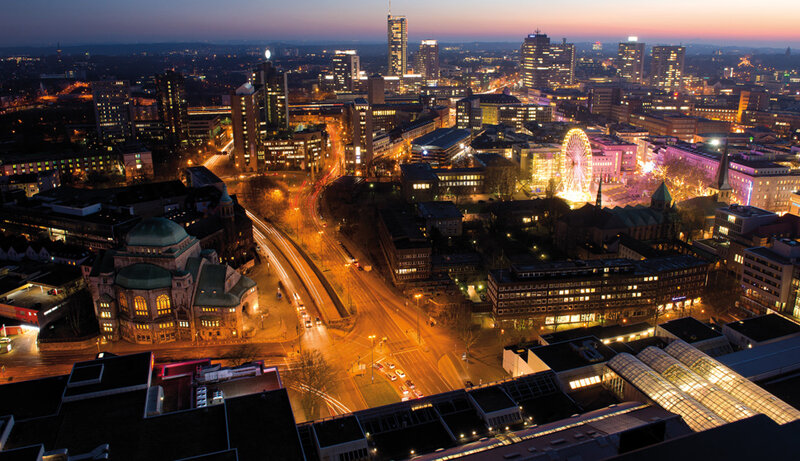25,000 tons less CO2 each year
Energy supplier STEAG is increasingly relying on decentralization
Facts & figures

STEAG of Essen is one of Germany’s largest electricity providers. Founded in 1937, the company has roughly 6,400 employees. In addition to conventional power plants, STEAG makes use of decentralized sources of energy. The company already runs more than 200 decentral plants, including a 4.4 megawatt decentral plant from 2G.
Energy company STEAG invests in green energy
The heating plant was commissioned in 1979 and was fired with domestic coal for a long time. A portion of the heating plant has now been converted to renewable energy generation. It is operated with the renewable fuel biomethane (processed biogas) and uses heat and power cogeneration to produce 35,000 megawatt hours of electricity a year in addition to heat with great efficiency. This enables it to provide 8,900 households with electricity. The heat is fed into STEAG’s district heating grid. The annual heat production of roughly 33,000 megawatt hours is enough to supply more than 4,000 households.
CHP prevents more than 25,000 t of carbon dioxide from being emitted
Dr. Stephan Nahrath, spokesman of the STEAG New Energies management board, summarizes: “Biogas is replacing fossil fuels, and the heat and power cogeneration process guarantees a high level of fuel efficiency. This conserves our natural raw material resources. We are also making great achievements when it comes to climate protection. The CHP prevents more than 25,000 tons of carbon dioxide from being emitted each year.” This is one reason why the state government of North Rhine-Westphalia seeks to increase the proportion of electricity from heat and power cogeneration to at least 25 percent by 2020.









